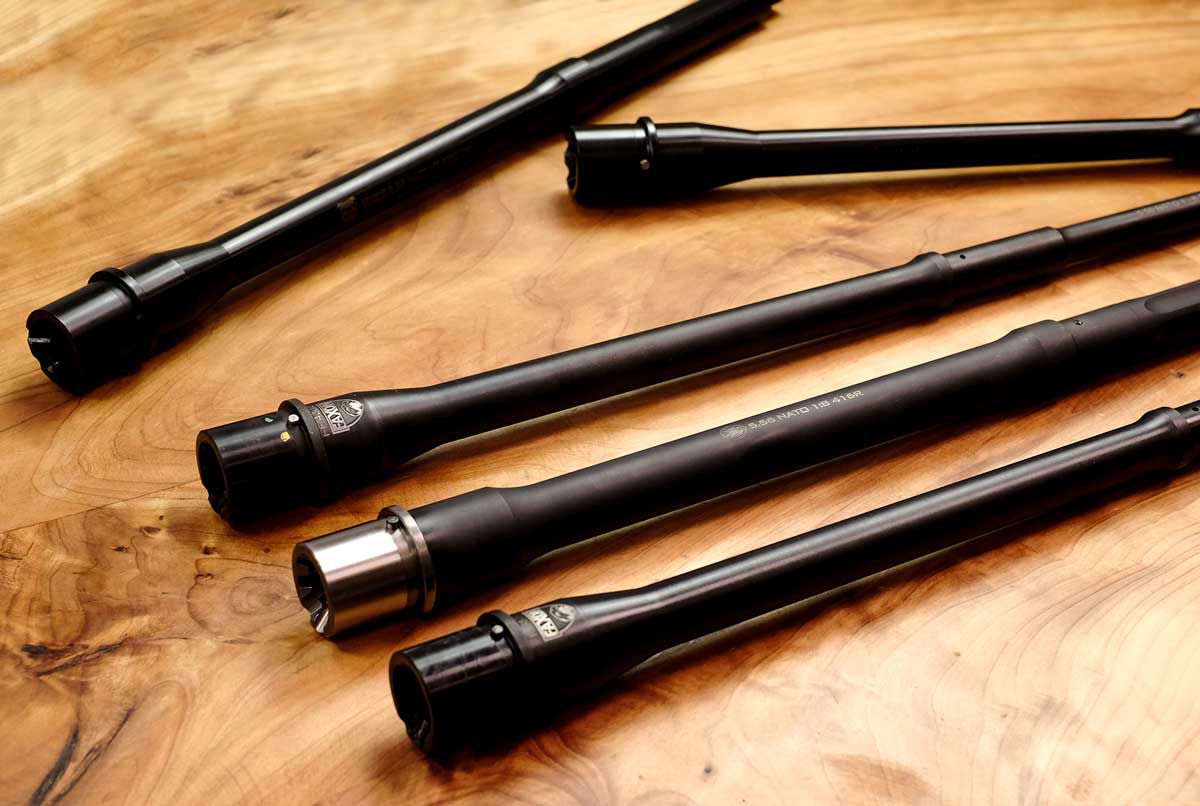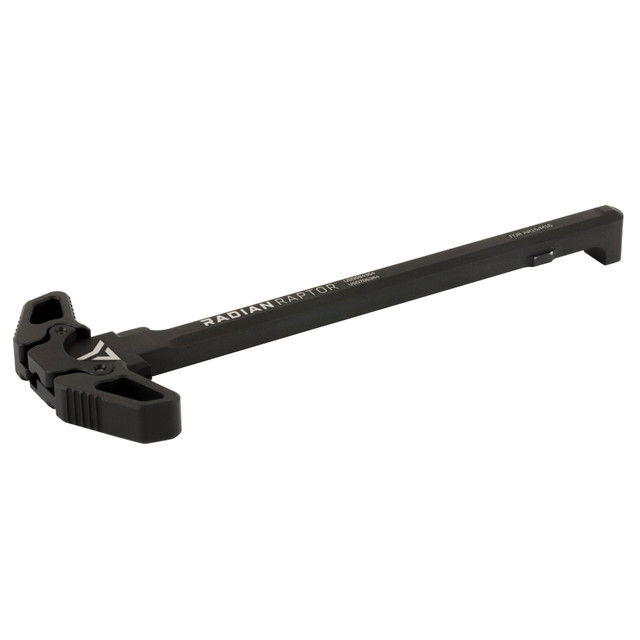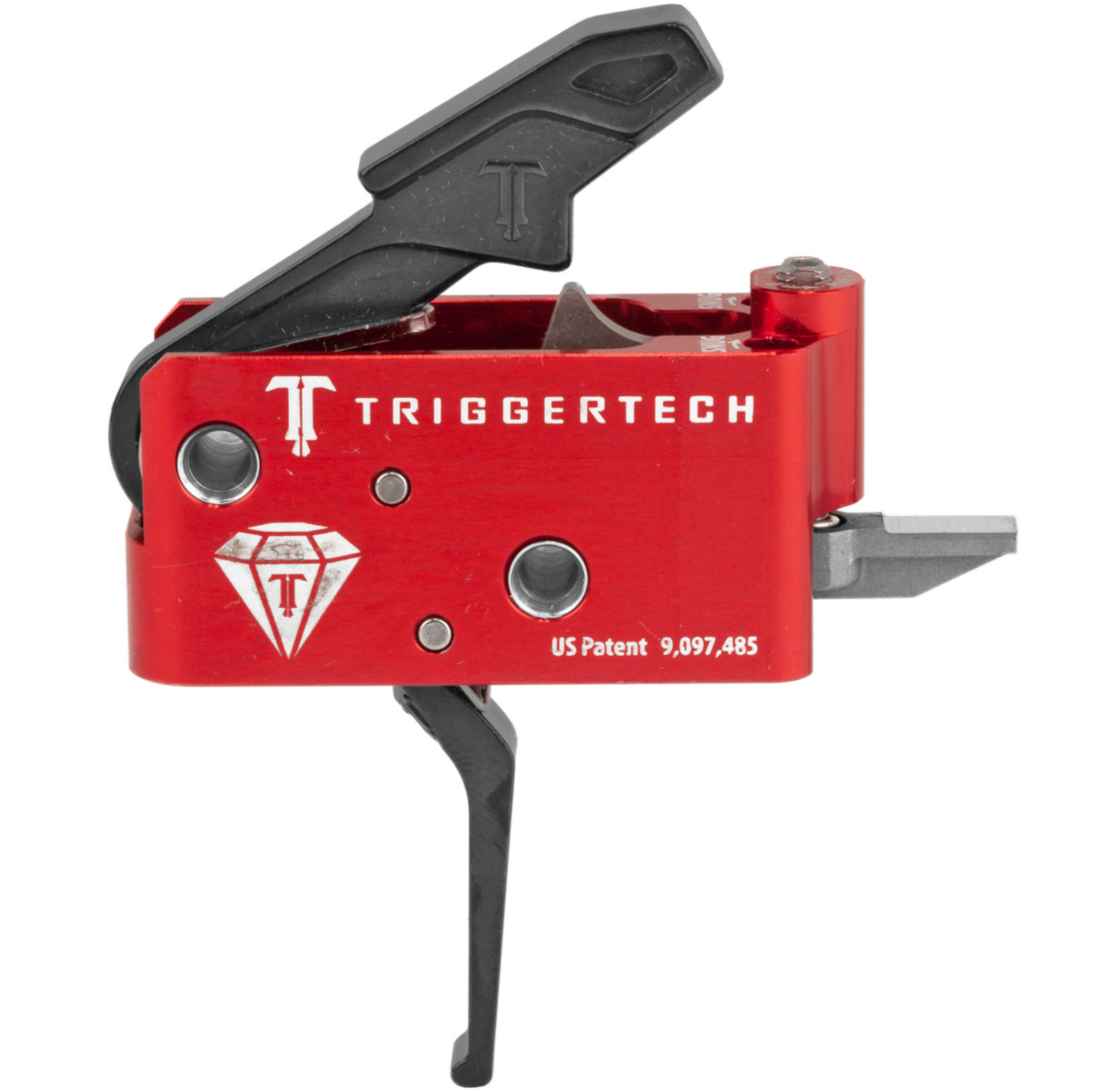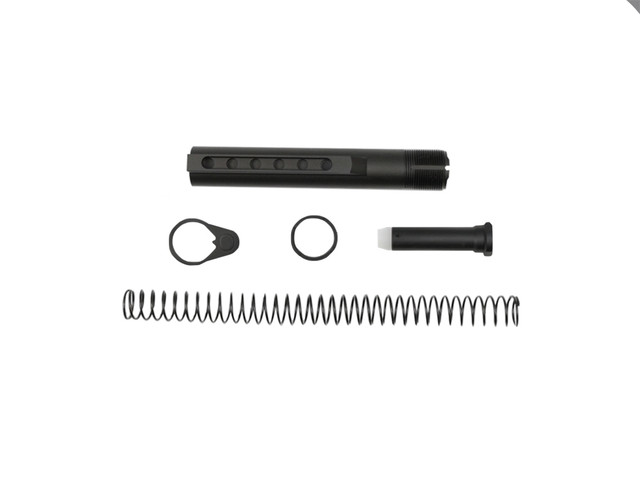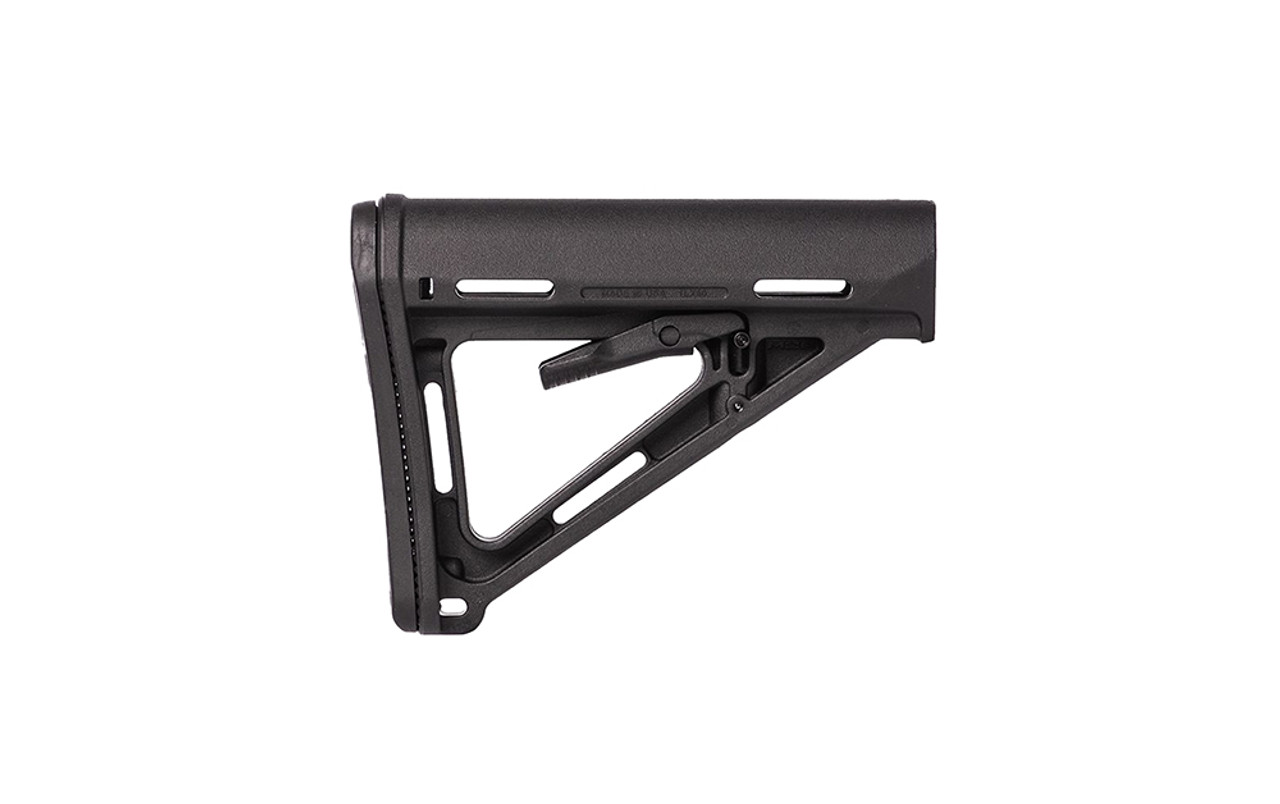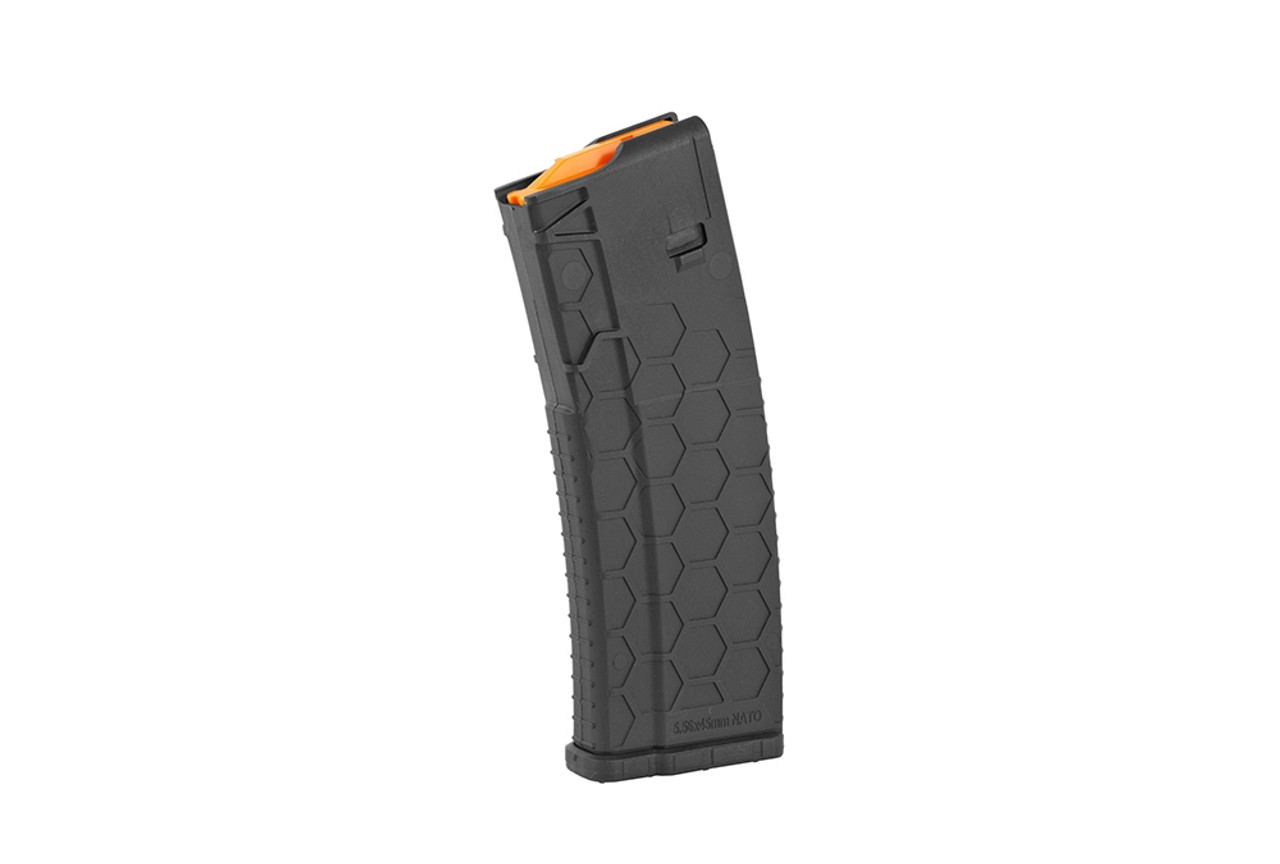AR15 Parts Diagram Explained
The AR-15 platform has seen use for over six decades, but its timeless design carries forward stronger than ever before. While not overly complicated, knowing the approximately 60-80 AR15 parts can greatly help diagnose problems quickly; if you run into any. It will also give you a better understanding of what good parts are vs. standard. Knowing what each part does and where it is placed will tremendously help those builders looking for a special, fun project. This article will go over every major part without going too much into detail.
AR 15 Upper Receiver Parts
Photo Credit: 1911 Academy
The upper receiver is where the majority of the parts related to the weapon’s function will remain; It’s also where most of the problems with installation can occur if not done properly. The barrel is the heart of the weapon and will determine its purpose and caliber.
Upper Receiver
Photo Credit: 5D Tactical
Most of a build’s cost will be in the upper receiver due to the cost of parts to complete it such as the barrel, handguard, gas system, bolt carrier group.. This will determine the majority of the performance of the weapon. The upper receiver is one of the heavier pieces and can have a pretty large effect on the weapon’s weight balance.
Barrels
Photo Credit: AR Build Junkie
Quality of the barrel also determines much of the accuracy in conjunction with the barrel extension and the upper receiver’s fitment with it. Some barrels are tougher than others. This can be determined by what material they're made out of, what kind of coatings they have or how the rifling was created.
Length of barrel determines much of the ballistic effect on target with respect to range and muzzle velocity, though this varies by caliber. For a lightweight build, the barrel will often be the single heaviest part of the build and should be accounted for with regard to balance.
Gas Block & Gas Tube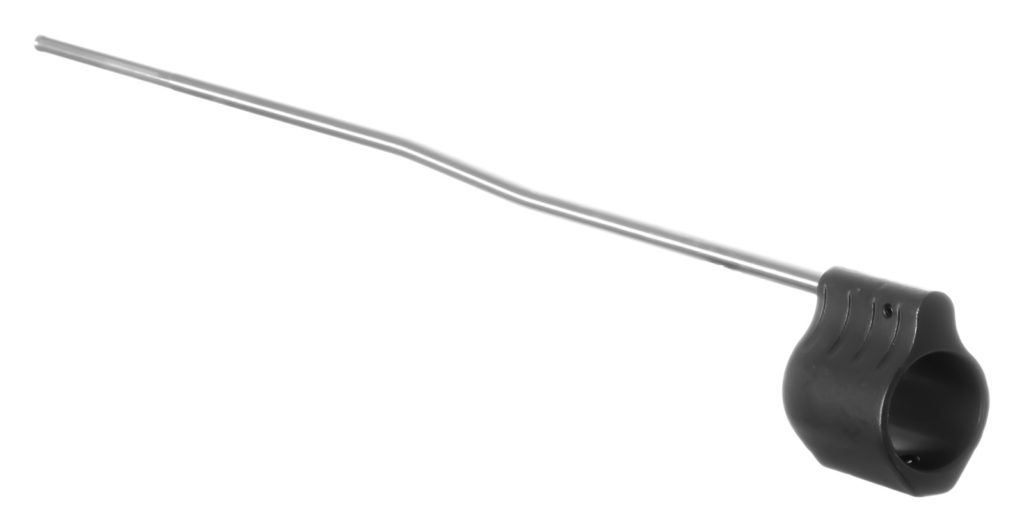
Photo Credit:
CBCPFA
The gas block and gas tube is where the rubber meets the road with regard to the function of the weapon. If the gas block is improperly installed, you'll end up having a bolt action AR15. Even though the gas tube is difficult to mess up, just make sure you buy the correct size per your barrel's diameter and line up all the holes correctly.
It's crucial that you measure the barrel dimensions to ensure the gas block fitment with the handguard as well. Gas system lengths will vary and are usually decided by the barrel length - they also have strong effects on the reliability of the rifle and the felt recoil.
Handguards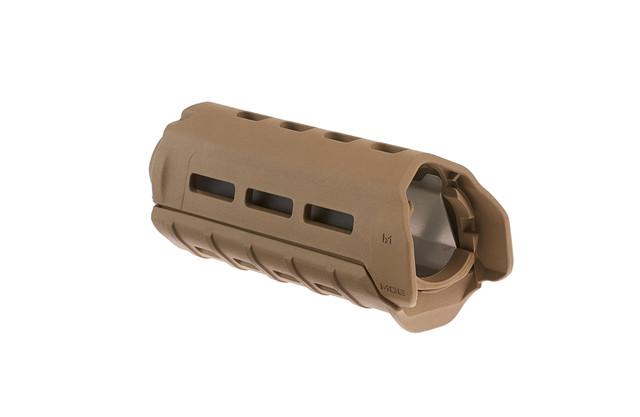
Photo Credit:
5D Tactical
There are only 3 rifle components that detail the weapon’s interface with the human body. The handguard is one and it plays an enormous role with respect to rigidity for laser aiming devices and slight accuracy variables, accessory mounting like grips and illumination devices and comfort.
The internal and external diameters are important factors for fitment with other parts and how much of the user’s hand can wrap around it. This last part is personal taste, but generally as the outer diameter increases fewer and fewer people enjoy it. Weight at the front of the rifle is affected by the handguard significantly as well.
Bolt Carrier Group
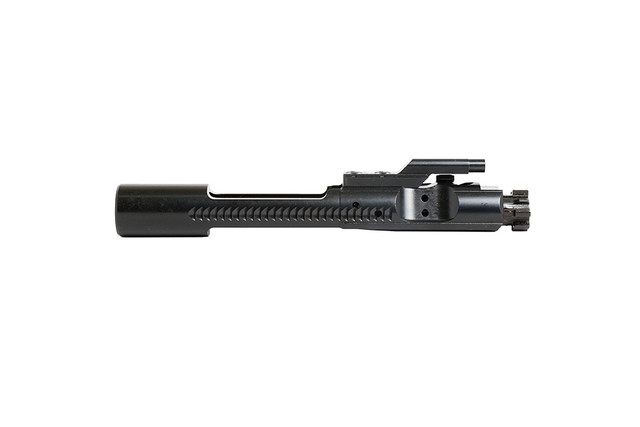
Photo Credit:
5D Tactical
If the barrel is the heart of the rifle, then the BCG is the soul. Deviating from the standard weight and format is generally discouraged for first time builders. The weight and format plays a significant role in the function of the weapon or its failure to do so. The quality of the materials is also an important factor for its durability which is why you can find BCG's as cheap as $40 and some as expensive as $600. It all depends on the materials used to make the BCG, whether or not it had significant testing during production, QC testing and what kind of coating it has.
Forward Assist
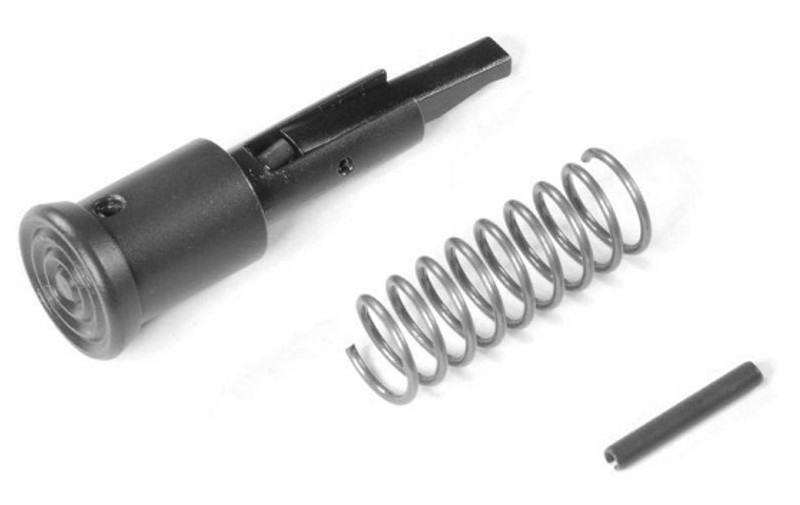
Photo Credit: Griffin Armament
While Eugene Stoner protested its inclusion and its feasibility is often questioned, a few things should be noted about its controversy. The forward assist is not dangerous to use and detractors have never been able to find a singular instance of it causing the danger they claim is possible. According to Stoner and many others who would know the forward assist button isn't absolutely required which is why many upper receives don't even have it.
Charging Handle
Photo Credit:
5D Tactical
Charging handles are one of the foremost oddities of the original Stoner design, though this part was designed by Jim Sullivan under Mr. Stoner. Builders can go with the standard GI component with no real downsides or they could opt for one with more features for significantly more comfort features. Gas blocking “lips” have been a noted improvement over the years along with durable ambidextrous mechanisms.
Muzzle Devices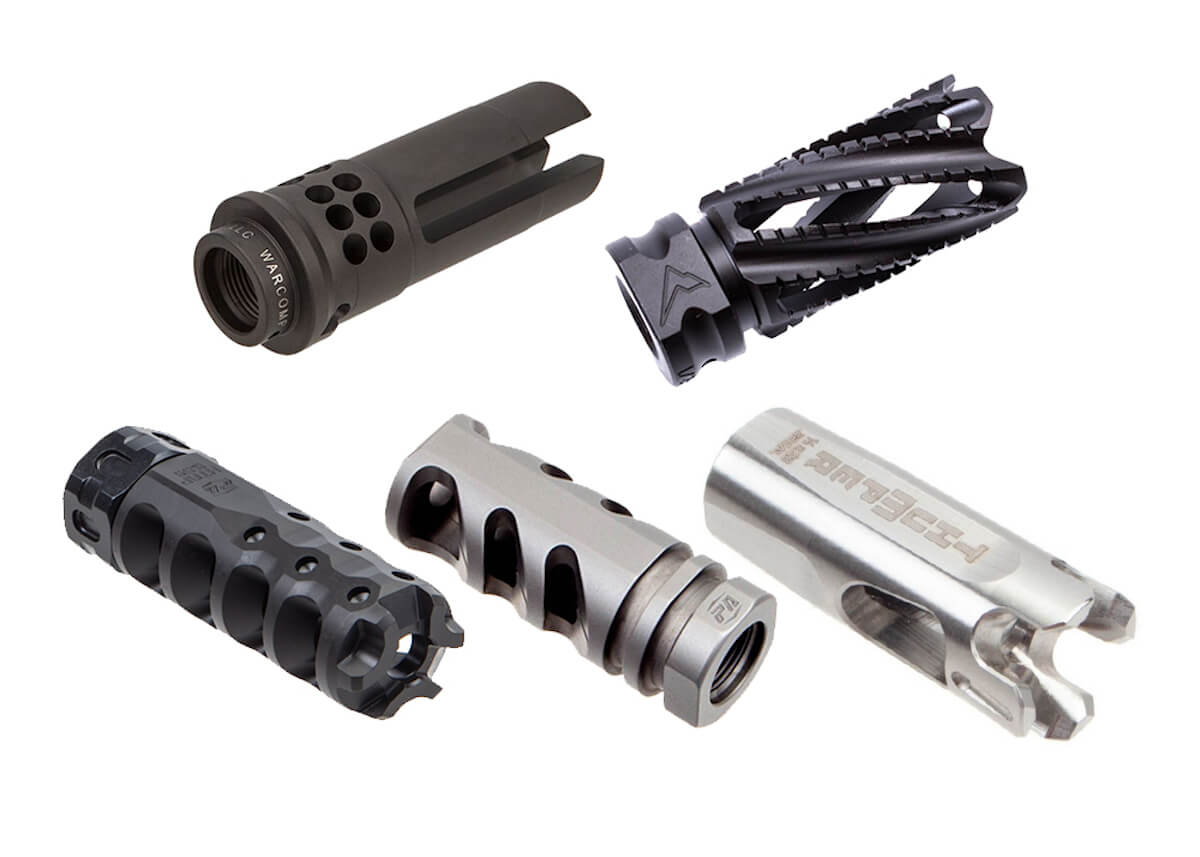
Photo Credit:
Rainier Arms
Muzzle devices can have a profound effect on the weapons performance and comfort. These can range from flash hiders, suppressor mounts, compensators or muzzle brakes; all with their pros and cons to them.
Flash Hiders
The standard A2 birdcage is a great example of a flash hider. Generally a “Mario” option being neither great or terrible at anything with a foremost focus on reducing the flash signature of the weapon at night.
Suppressors
To use suppressors, there needs to be an interface for either threading it on or some sort of QD mechanism. These can range from the SureFire QD to tri-lug designs and much newer or advanced ratcheting designs. Some suppressor, cartridge and barrel combinations result in virtually zero muzzle flash as well.
Compensators
Compensators, with respect to use on long guns, are generally linear compensators. These force all of the gasses forward. There is an equal and opposite reaction with everything, so this will decrease felt recoil on the weapon. The main benefit is that none of the concussive forces will be felt by the user or those standing beside them.
Muzzle Brake
Muzzle brakes bring the greatest recoil mitigation, but also the least comfortable to deal with as a bystander; perhaps not the best for just plinking at the range though. Especially if the intention is indoor shooting. However, these are very popular for competition settings where every fraction of a second counts.
AR 15 Lower Receiver Parts
Photo Credit: BH Entertainment World
The lower receiver is where most of the smaller, lower cost parts are found. It can also be the parts that get lost in the build process the most, so don’t be afraid to buy doubles of the easier to lose parts.
Lower Receiver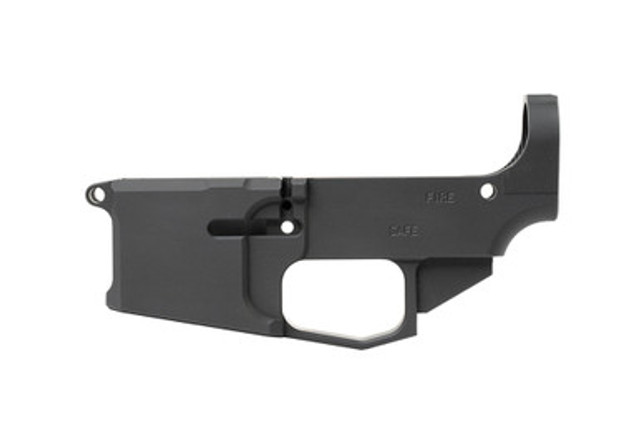
Photo Credit: 5D Tactical
The lower receiver is one of the heaviest components of the AR-15 and will determine a good amount of the weapon’s balance and total weight. Most of the weight in the receiver that can be removed comes from the lower receiver. Proprietary lower receivers give builders the ability to have ambidexterous controls or not.
Trigger Group
Photo Credit: 5D Tactical
This is where most of the money for the lower receiver can go. From the standard GI trigger with its very wide tolerance allowing 6-10+ lb triggers with varying crispness to mushy. While a great trigger won’t let builders buy performance, at higher ends of competition it is a necessary addition. For extra ease of installation, some drop-in triggers can be a great option.
Buffer Tube
Photo Credit: 5D Tactical
The
buffer tube houses the buffer spring, buffer and part of the BCG at the rear of its movement. Depending on the gas system length, builders may be able to use rifle length tubes for a much softer and pleasant recoil impulse that’s uncommon nowadays. Even the lack of folding capability can be solved with the Law Tactical folder; use trusted distributors to avoid Chinese knockoffs.
The buffer’s weight and spring will allow the gunsmith or builder to tune the weapon. Tuning an AR15 starts with the gas block (if it's fixed) and the buffer and spring is the next to last sequential segment that must be accommodated properly. Otherwise, it's the other way around if you're working with an adjustable gas block.
Bolt Catch
The bolt catch is the final segment of the weapon’s function if the magazine is empty. If empty, the magazine’s feeding lip will engage the bolt catch. This only works if the bolt catch and spring are working properly with the appropriate spring weight and weight of the catch. Some people prefer larger bolt catches than the standard USGI / Colt version which can be fun, easier to actuate, and looks cool too.
Buttstock
Photo Credit:
5D Tactical
The butt stock is one of the 3 parts that interface the body to the weapon and will determine a significant amount of its purpose. Some are built purely for long range efficiency in body position. Other options will be based on more general, comfort positions. While going for the lightest option might appeal to some, just remember to keep balance of the rifle in mind as most of the weight is in the barrel in the front.
Magazine
Photo Credit: 5D Tactical
The AR-15 Magazine and its STANAG insertion system has been one of the most influential designs ever produced. Using quality Pmags, standard Okay Industries GI magazines or the exceptionally light and slim Duramags. In the past decades, the majority of malfunctions have been systemically solved and no, placing the magazine on a table or the ground will not cause malfunctions.
The AR-15 system is not the M-14 system. The magazine release system, STANAG, allows the easy installation of the relevant parts and easy insertion of the magazine. It has a drop free feature that other, rocker based systems do not have.
AR 15 Grips

Photo Credit: 5D Tactical
Also commonly referred to as "pistol grips," they are one of the 3 physical interfaces with the weapon. Most shooters prefer a more vertical grip than the more standard A2 grip. Precision shooters generally have specific, perfectly vertical grips to aid in body position.
Foregrip
Over the last twenty years, the industry has trended towards slimmer and shorter grips, some even being essentially just angled nub. The user’s individual anthropometry and the size of the handguard will affect what foregrip will pair best for comfort and performance.
Browse 5D Tactical's AR-15 Parts & Accessories
With the above quick guide, anyone can begin to understand the AR-15 system. Thanks to the small parts count of the AR-15, it’s very feasible for every owner to know and understand every part of the system. Now you too can begin your building journey with 5D Tactical parts and tools.



